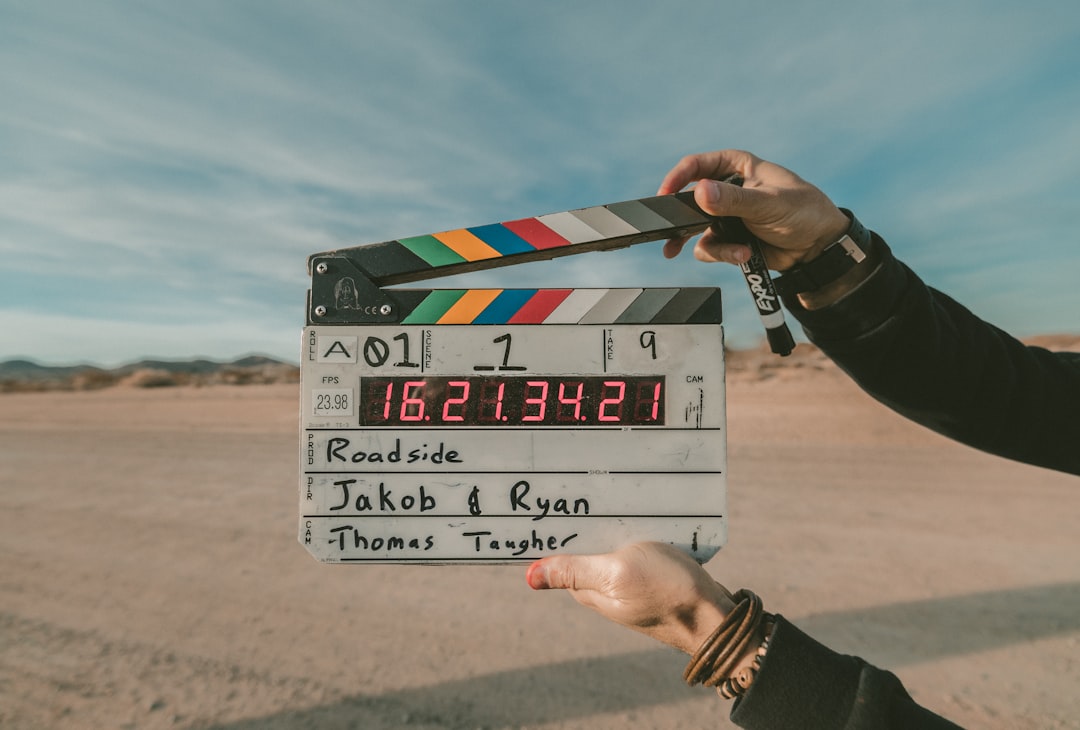In a move that underscores the complexity and responsibility inherent in advancing artificial intelligence, OpenAI has announced the pending release of its much-anticipated model, Sora, but also communicates: we'll have to wait to be able to use it.
While eager enthusiasts and tech aficionados might have to wait a bit longer, the reasoning behind this pause is both commendable and crucial for the sustainable and safe development of AI technologies.
Watch Sora's research preview from OpenAI:
Why Isn't Sora Available Yet?
OpenAI is no stranger to the forefront of AI innovation, experiencing both great successes and missteps, such data privacy, training its models on unauthorized IP and content from not only our websites, but also the New York Times, and on-going copyright battles.

Screenshot from OpenAI's Sora preview video on YouTube, stating "We're sharing our research progress early to get feedback from people outside of OpenAI and to give people a sense of what AI capabilities are on the horizon. We will be taking several important stafety steps before this research becomes available in any of our products. Sora is a new AI model that can create realistic and imaginative scenes from text prompts."
Considering the implications, and the importance and prominence of their technology, the OpenAI team has decided to engage in further "adversarial" testing. This is a process akin to ethical hacking, where experts actively seek out vulnerabilities within systems. This method helps to lessen the potential for misuse or unintended consequences, and attempt to identify and mitigate vulnerabilities, before an AI model is released to the public:
"Safety
We’ll be taking several important safety steps ahead of making Sora available in OpenAI’s products. We are working with red teamers — domain experts in areas like misinformation, hateful content, and bias — who will be adversarially testing the model."
Source: https://openai.com/sora
Moreover, OpenAI is not stopping at testing. They're also implementing C2PA metadata watermarking, a sophisticated technique to digitally tag the origin of digital content.
This move is aimed at combating some of our most pervasive digital problems: misinformation, disinformation, and cybercrime. By building in metadata (this is like a watermark that can only be seen if you view the file's properties. It is not visible to the human eye, in the actual video content) when a video was generated by Sora, OpenAI will be adding an important layer of transparency and trust to the content created with its technology:
"We’re also building tools to help detect misleading content such as a detection classifier that can tell when a video was generated by Sora. We plan to include C2PA metadata in the future if we deploy the model in an OpenAI product.
In addition to us developing new techniques to prepare for deployment, we’re leveraging the existing safety methods that we built for our products that use DALL·E 3, which are applicable to Sora as well."
Source: https://openai.com/sora
The decision to delay Sora's release, as stated by OpenAI, involves collaboration with "red teamers"—experts in identifying risks related to misinformation, hateful content, and bias. This proactive approach to adversarially testing the model underlines OpenAI's commitment to safety and ethical considerations, setting a precedent for how AI development should be handled industry-wide.
How Do We Get Access to Sora, Once Released?
While OpenAI's announcement might hint at an upcoming release, details remain sparse on how, to whom, and when Sora will be made available.
OpenAI has many AI models, including the famous ChatGPT and Dall-E models, and lesser known models such as their opensource Whisper.
Currently, ChatGPT Plus subscribers have access only to specific versions of ChatGPT and the current model of Dall-E, leaving many to wonder if and when Sora will join the ranks of accessible AI models.
Interestingly, OpenAI has a history of introducing new models to developer APIs first, a trend that has many, including myself, keeping a vigilant eye on our API dashboards for any signs of Sora's arrival.

Screenshot: Kuva Media's OpenAI developer and API dashboard... No Sora yet!
The decision to delay Sora's release for further testing and the addition of safety features like metadata watermarking aligns with OpenAI's stated dedication to ethical AI development.
As we stand on the brink of new technological frontiers, such measures can help to ensure that advancements not only push the boundaries of what's possible, but also safeguard against the potential for harm... Hopefully to lessen incidents concerning AI infringing upon bodily safety, privacy, freedom, and becoming a beloved tool for cybercrime and bad actors.
Subscribe to The Editor's Loft blog and stay tuned as the future of AI continues to unfold, one exciting step at a time.
